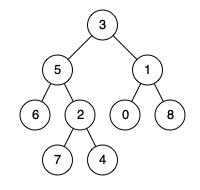LeetCode-53. Maximum Subarray
问题描述
Given an integer array nums, find the contiguous subarray (containing at least one number) which has the largest sum and return its sum.
A subarray is a contiguous part of an array.
Example :
1 | Input: nums = [-2,1,-3,4,-1,2,1,-5,4] |
Constraints:
1 <= nums.length <= 105-104 <= nums[i] <= 104





